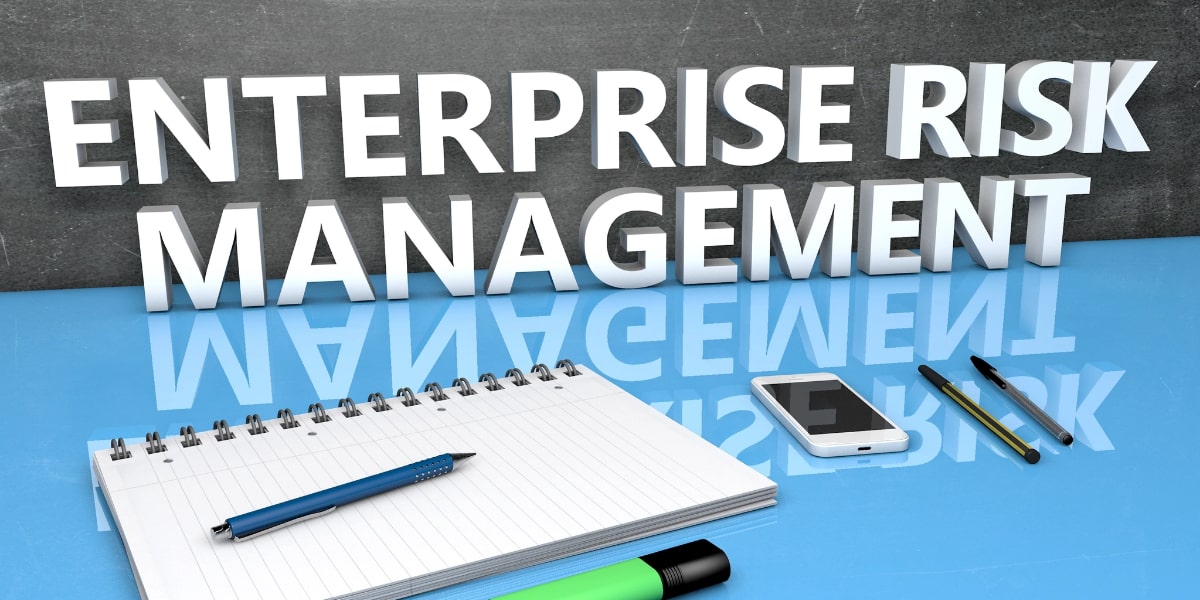Why Enterprise Risk Management Is Important
Introduction
Enterprise Risk Management (ERM) is a crucial process that helps organizations anticipate, analyze, and respond to risks that could impact their objectives. Unlike traditional risk management, which often focuses on individual risks within specific departments, ERM provides a holistic approach that considers risks across the entire organization.
Understanding Enterprise Risk Management
What is ERM?
ERM is a structured and consistent process that organizations use to identify, assess, manage, and monitor risks. It helps businesses make informed decisions, allocate resources effectively, and ensure regulatory compliance.
Difference Between Traditional Risk Management and ERM
Traditional risk management focuses on managing risks within specific departments, whereas ERM integrates risk management across all business units. This approach provides a comprehensive view of risks and their potential impacts.
Key Components of ERM
- Risk Identification – Recognizing potential threats and vulnerabilities.
- Risk Assessment – Evaluating the likelihood and impact of risks.
- Risk Response – Developing strategies to mitigate risks.
- Risk Monitoring and Communication – Continuously tracking and reporting risks.

Benefits of Enterprise Risk Management
- Enhances decision-making by providing valuable risk insights.
- Improves resource allocation through prioritization of risks.
- Strengthens organizational resilience by preparing for uncertainties.
- Ensures regulatory compliance to avoid legal penalties.
- Provides competitive advantage by proactively managing risks.
“Risk comes from not knowing what you’re doing.” – Warren Buffett
Challenges in Implementing ERM
- Resistance to change within organizations.
- Difficulty integrating ERM across departments.
- High costs associated with implementation.
- Complexity in quantifying certain risks.
ERM Frameworks and Standards
| Framework | Description |
|---|---|
| COSO ERM | Provides a structured approach to risk management. |
| ISO 31000 | Offers guidelines for risk assessment and mitigation. |
| FMEA | Offers guidelines for a risk assessment framework based on the severity, Occurence and detectability of an event. |
Industries That Benefit the Most from ERM
- Financial sector – Banks and insurance companies use ERM to manage credit and market risks.
- Healthcare industry – Hospitals and pharmaceutical firms mitigate regulatory and operational risks.
- Energy and utilities – Companies address supply chain and environmental risks.
- Technology sector – Cybersecurity and compliance risks are managed effectively.
ERM and Corporate Governance
ERM plays a vital role in corporate governance by promoting transparency and accountability. It ensures that risks are well-managed, enhancing stakeholder confidence.
Case Studies of Effective ERM Implementation
- A Financial Institution: Implemented AI-driven risk assessment tools, reducing losses by 30%.
- A Manufacturing Company: Used ERM to identify supply chain vulnerabilities, ensuring continuous production.
Role of Technology in ERM
- AI and machine learning enhance risk prediction.
- Automation simplifies risk monitoring processes.
ERM in a Post-Pandemic World
COVID-19 highlighted the importance of risk preparedness. Organizations must adapt by:
- Enhancing business continuity planning.
- Strengthening supply chain resilience.
- Investing in digital risk management tools.
Steps to Implement ERM Successfully
- Gain leadership commitment.
- Develop a risk-aware culture.
- Conduct regular training and education.
- Perform frequent risk audits and updates.
Future of ERM
As risks continue to evolve, organizations must:
- Stay ahead of emerging threats.
- Update ERM strategies with advanced analytics.
- Embrace AI and big data for risk management.
Conclusion
ERM is essential for modern organizations aiming to navigate uncertainties effectively. By integrating ERM into business strategies, companies can safeguard their future, ensure compliance, and gain a competitive advantage.
FAQs
What is the primary goal of ERM?
- The primary goal of ERM is to identify, assess, and mitigate risks to ensure organizational stability and growth.
How does ERM differ from traditional risk management?
- ERM provides a holistic approach, integrating risk management across all business units rather than isolating it within specific departments.
What industries need ERM the most?
- Financial, healthcare, energy, and technology sectors benefit greatly from ERM.
How can small businesses implement ERM?
- Small businesses can start by identifying key risks, developing mitigation strategies, and integrating risk management into decision-making.
What tools are available for ERM?
- Common ERM tools include risk assessment software, AI-based predictive analytics, and automated risk reporting systems.

